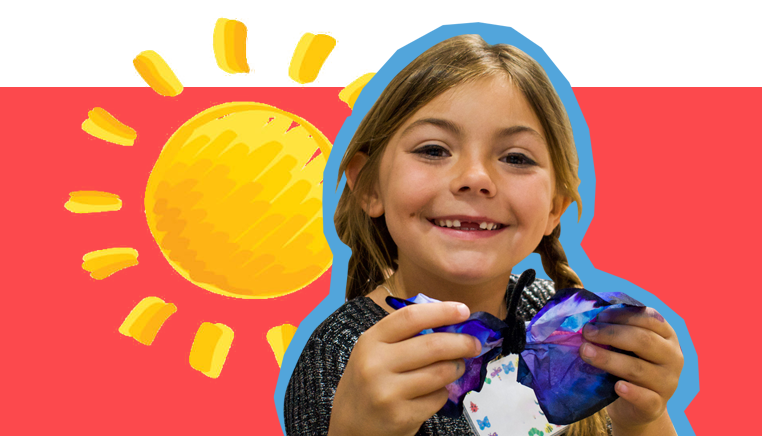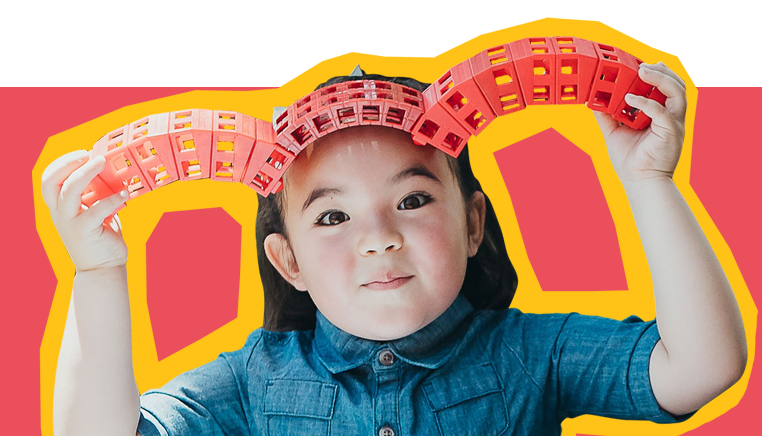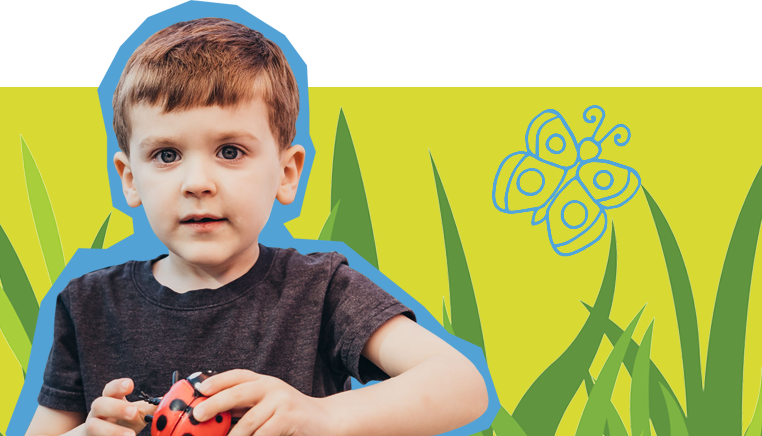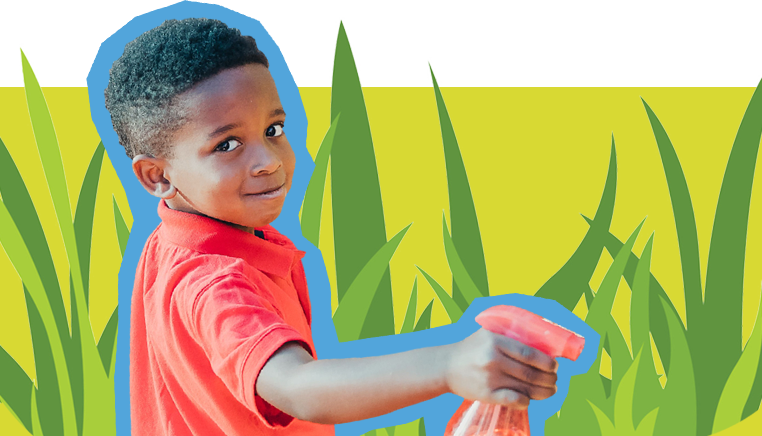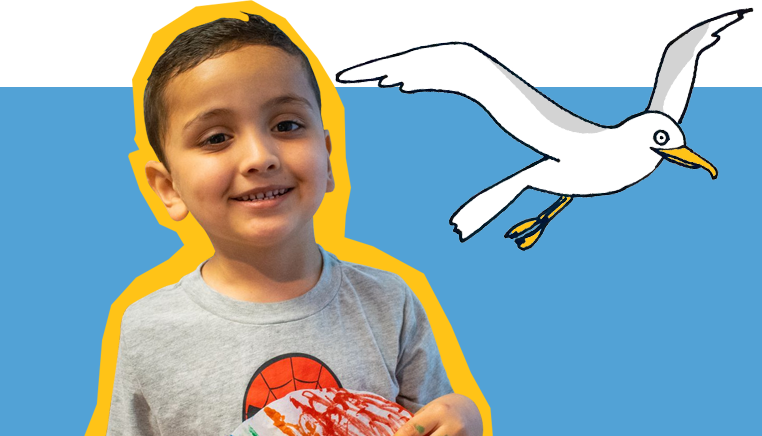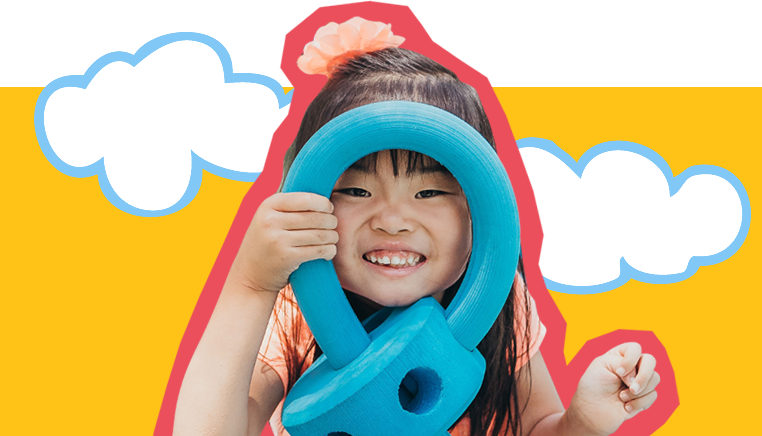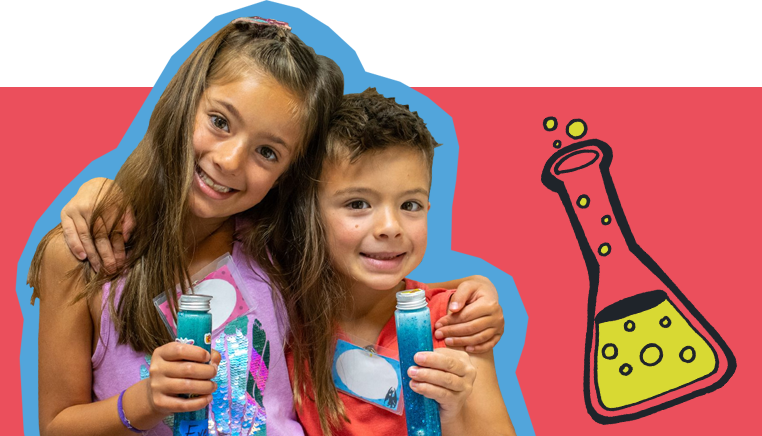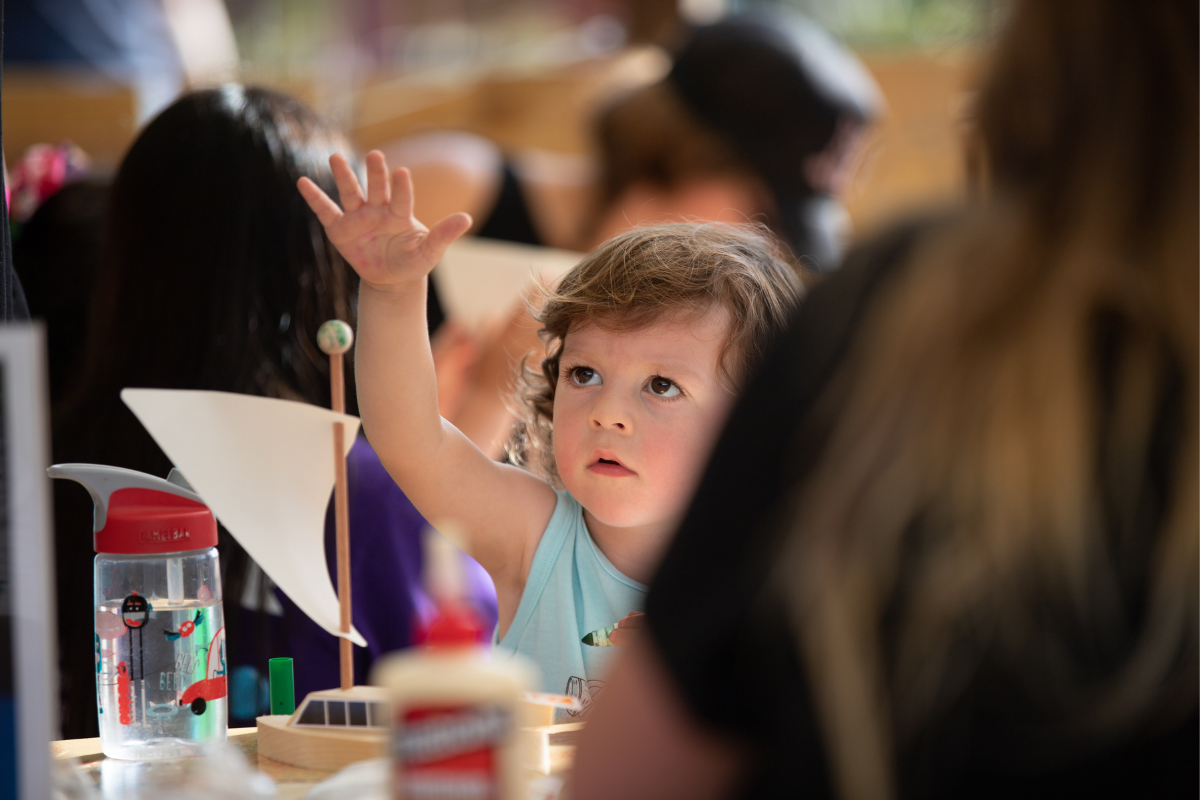
Sensory Play: 12 Squishy, Crunchy, Noisy, and Tasty Activities You Can Do with Your Child
Jackie Nunes is a blogger at WonderMoms.org. She is a former pediatric nurse and now a full-time homeschool educator. She and her husband have three children. Their middle child suffered a traumatic brain injury when she was 4. Now 11 years old, she is hearing impaired and uses a wheelchair. Jackie and two other moms created Wonder Moms as a project to share real talk, helpful information, and practical advice with parents of kids who have intellectual disabilities, Down syndrome, autism, language and speech delays, deafness, chronic illness, and traumatic brain injury.
Kids need to play to learn. In particular, sensory play is important for kids of all ages. What is sensory play, exactly? According to Kids First Community, “Any play which stimulates the use of touch, smell, sight, hearing, using fine motor muscles, etc., is considered sensory play. Stimulating neural pathways through sensory experiences is a crucial part of kids’ early brain development.”
To put it simply: Our children need sensory play to help them understand the world around them. But sensory play offers numerous other benefits, as well. For instance, in addition to enhancing cognitive development, sensory play also helps children develop social skills, language and communication skills, and physical (fine and gross motor) skills. Plus, sensory play has a calming effect as it absorbs kids’ attention.
Therefore, many parents are looking for sensory play activities they can do with their child. It’s a fact: Families bond when they play together. If you can find sensory activities to do as a family, you can strengthen your family bonds while helping your child learn how to process new stimuli.
If you are looking for fun, family-friendly sensory play activities, you’ve come to the right place! We’ve identified twelve sensory activities that moms, dads, and kids will enjoy.


